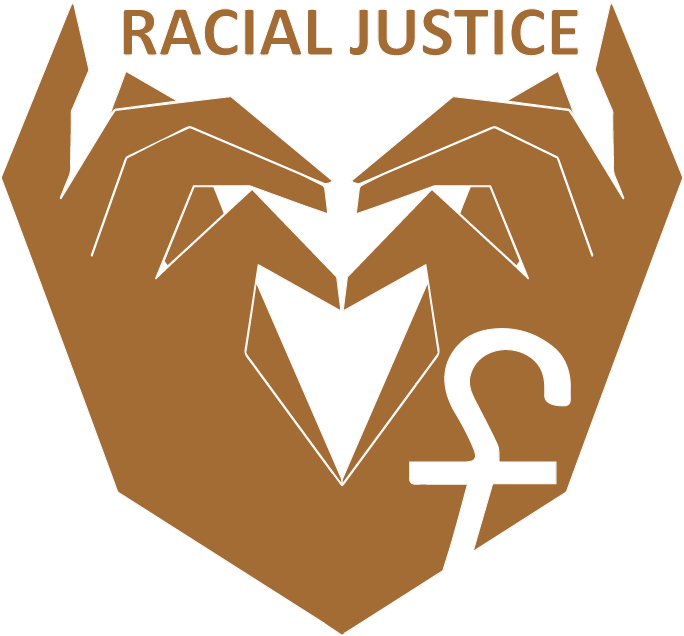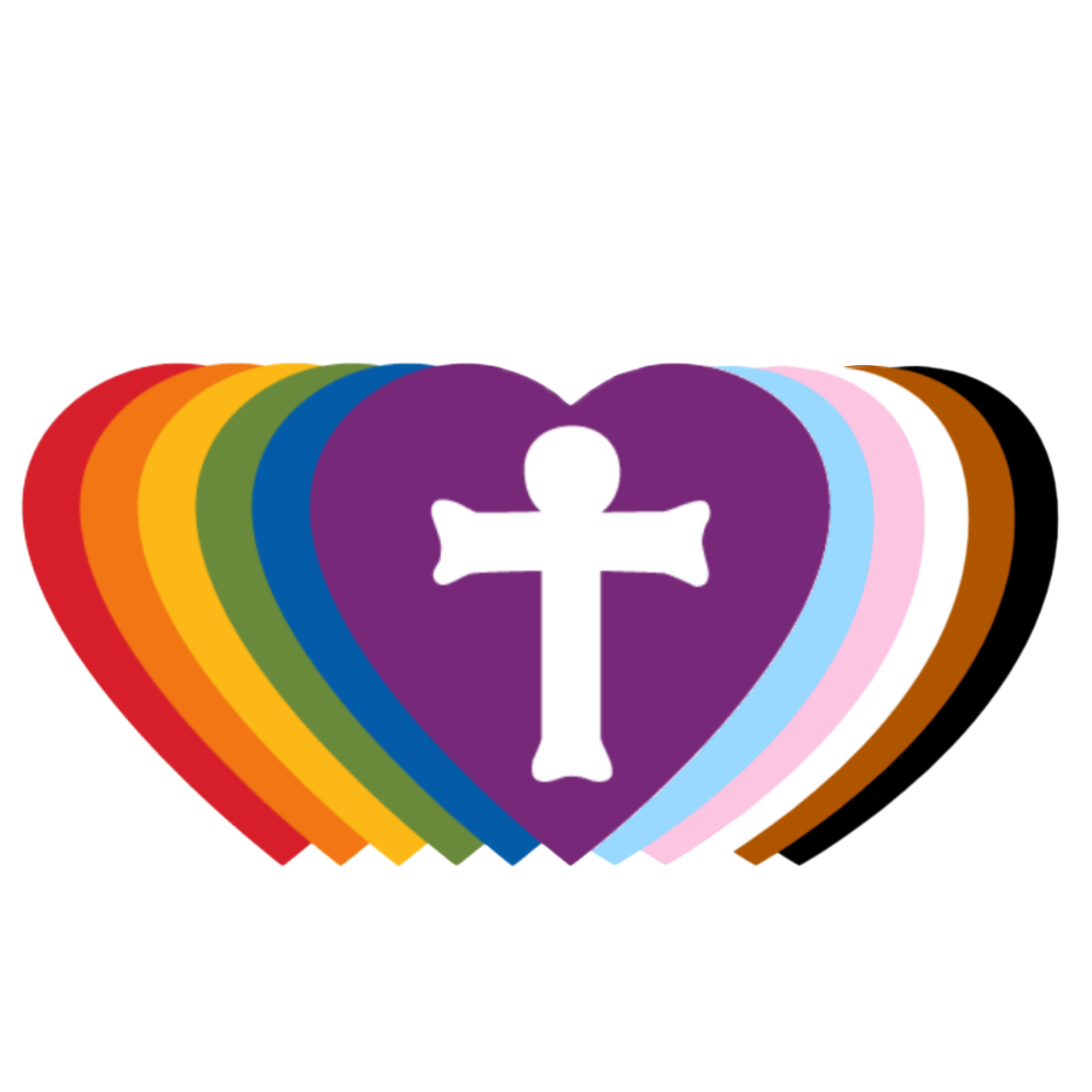Fifth Sunday after Pentecost – Welcoming Sunday
Good Shepherd Lutheran Church
Decorah, Iowa
Guest Preacher Amalia Vagts, First Call Candidate
Gospel: Mark 5:21-43
Last week, David and I drove through a rainbow. We had been traveling through a series of rain storms. Bands of rain would pass through, then we’d have sun and blue sky and then rain again. We saw about three rainbows, off in the distance, like usual, one getting pretty close. Soon we could see the rainbow – literally the end of the rainbow on the shoulder next to us.
We both were like, “We’re driving through a rainbow!” And then it was over. Had that actually just happened? As soon as I got home, I Googled it. Yes, it’s possible! It had happened! But how to talk about it?
First, I had to try to understand it. Rainbows, of course, are the effect of reflection, refraction and dispersion of light in droplets of water. All these things happen together to cause the seemingly magical event we call a rainbow.[1] It’s not magic, of course – it’s physics. The water causes a change of speed for the light and scatters the white light, creating the rainbow. There are the parts we see, like the visible light, and the causes we know about, like the rain and the sunlight. And then there are the parts we can’t see – the infrared and ultraviolet light. Or the parts we may not know about: For example, did you know every rainbow has another one over it, much fainter and not always easily visible, but very much there?
So there are facts and science, but I was feeling the wonder. All I could think to say about it was, “WE DROVE THROUGH A RAINBOW!” Some experiences, even the best ones, are just so overwhelming we just can’t really explain what happened. When we come close to the Divine, we are often left speechless by the mystery. In today’s Gospel story, the woman who had been restored was shaking with fear and wonder, filled with the knowledge of what had happened to her. The young girl’s parents and Jesus’ companions were “overcome with amazement” when they witnessed Jesus restoring Jarius’ daughter to life.[3]
The translator Sarah Ruden, who seeks to faithfully bring ancient languages to life puts it this way: They were stunned almost beyond their capacity to be stunned. [2] Rudolf Otto calls this holy experience the mysterium tremendum – words that delight all first-year seminary students and somehow get at the sense of awe, fear, mystery, wonder that we feel in the presence of the Divine.
I kept coming back to that idea of holy awe not only in the Mark text, but also when I thought about why it matters that we have welcoming congregations. We’re celebrating today the fact that Good Shepherd is intentional in its welcome to lesbian and gay, bisexual, transgender, and queer-identifying people. Our celebration is happening in the context of LGBTQ Pride Month across the United States. There’s lots of places a LGBTQ person can go these days to find community. Is a welcoming church that special?
Please hear my first-person testimony – Yes! LGBTQ affirming sacred space creates that experience of finding your place and your people – the freedom of being who you are. It’s hard to put into words. I first had that experience myself in 2001 at an LGBTQ welcoming worship service during the ELCA Churchwide Assembly. I’d almost given up on organized religion at that point.
I had plenty of places to affirm my emerging bisexual identity. Who needed church? I did. At that church service I experienced the Holy as I heard the names of countless LGBTQ ministry leaders cast aside by the church called into the center of the assembly. As the community was drawn together, I was experiencing restoration and wholeness through God’s presence.
For those of us who are queer and Christian, it can be like a double homecoming to find a church family that truly welcomes our full selves. We understand the double rainbow – the rainbow that shows God’s promise of steadfast love for all people. And the rainbow that makes clear a church family’s open commitment to speaking against the history of hatred, discrimination, and teaching that wrongly separates God’s people based on sexuality and gender.
Increasingly, the Evangelical Lutheran Church in America is at a place where we have started seeing the visible spectrum of the rainbow – the bright red, orange, yellow, green, blue, violet variation of the classic Gilbert Baker flag. We’re seeing the expanding colors, the black and brown of the Philadelphia flag which visibly acknowledge the way people of color have been marginalized within the Queer community. We’re seeing the pink and purple of the bisexual community and the pastels of the transgender and gender nonbinary communities.
Like ultraviolet of the cosmic rainbow, there are colors not yet visible to us, but this doesn’t mean they aren’t there. BUT. What if you haven’t found your place in this expanding rainbow of God’s beloved community? Not everyone feels part of the group. Not everyone feels ready to be in the crowd. Some of us wonder if we’ll ever find our place in the community. The woman at the center of this morning’s interwoven Gospel story of center and margins is at the edge, or even beyond the edge of the community. She can barely reach out. She does what she can with what she has at the time. She knows that Jesus will bring what means restoration and wholeness to her. She wants that. She reaches for it.
Or what if you’ve always had what you’ve needed, but suddenly things change? As a prominent leader in the synagogue, Jarius has the position and the authority to get what he needs. But he submits to the authority he sees in Jesus. He falls to his feet, pleading and begging. He knows that Jesus will bring what means restoration and wholeness to his daughter.
One pastor I know talks about this story this way: the church as the risen Body of Christ. We are Christ’s body, walking through the crowd of today’s world. As we move through the crowd, who is reaching out for the edge of our congregation’s garment seeking restoration?[5] Who in power is pleading at our feet, saying, “I need help!”
Jesus working through the church, the Body of Christ, brings restoration and wholeness to our world. Jesus brings to you what means restoration and wholeness for you. Jesus restores you to new life. The woman knew what happened to her, and she told Jesus the whole truth. The girl got up and walked, to the wonder of those who witnessed it. What does Jesus do in the face of this amazement? Jesus has seen this before. Wait to talk about it, Jesus seems to say. Let the amazement and wonder of what you’ve seen sink in before you talk about it. Let yourself be stunned. And don’t forget to eat something.
Jesus meets you in the in-between, knowing your need. Nourishes you. Restores you to life. At the edges, in the center, and somewhere in between going through the rainbow, somewhere over it, or still looking to find it, Jesus turns to you and says, “Child – you are made well, be on your way in peace and wholeness.”
________________________________________________________________
* Variation delivered online for Lutheran Church of the Reformation, Washington D.C.
[1] https://ssec.si.edu/stemvisions-blog/science-rainbows
[2] Sarah Ruden, The Gospels: a new translation, (New York: Modern Library), 2021.
[3] One of the original words used here is ecstasis – yes, like our word ecstasy – meaning to a displacement of the mind.
[4] Elizabeth Edman, Queer Virtue, 112-113
[5] Stephen Bouman introduced this idea in his book, The Mission Table.



